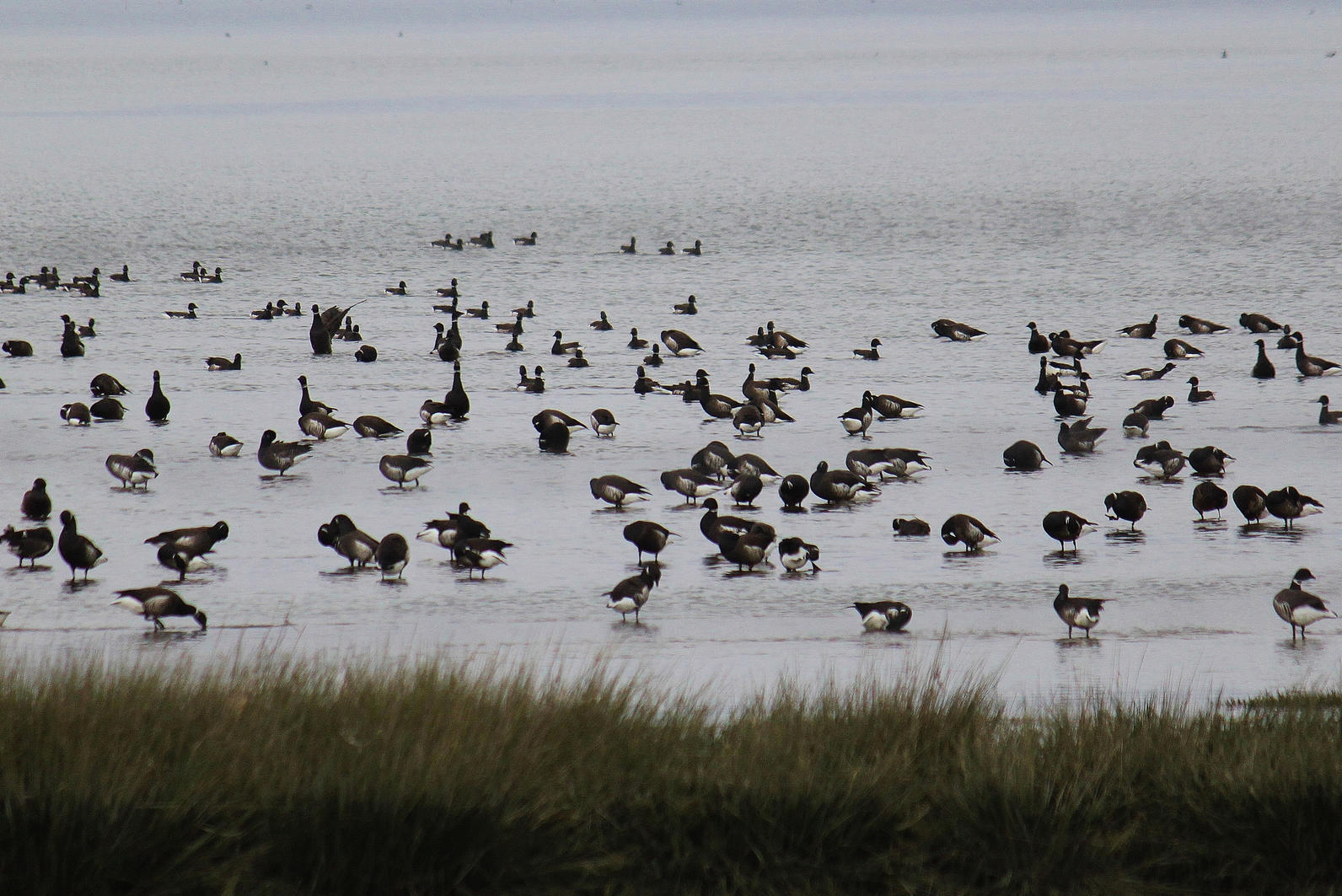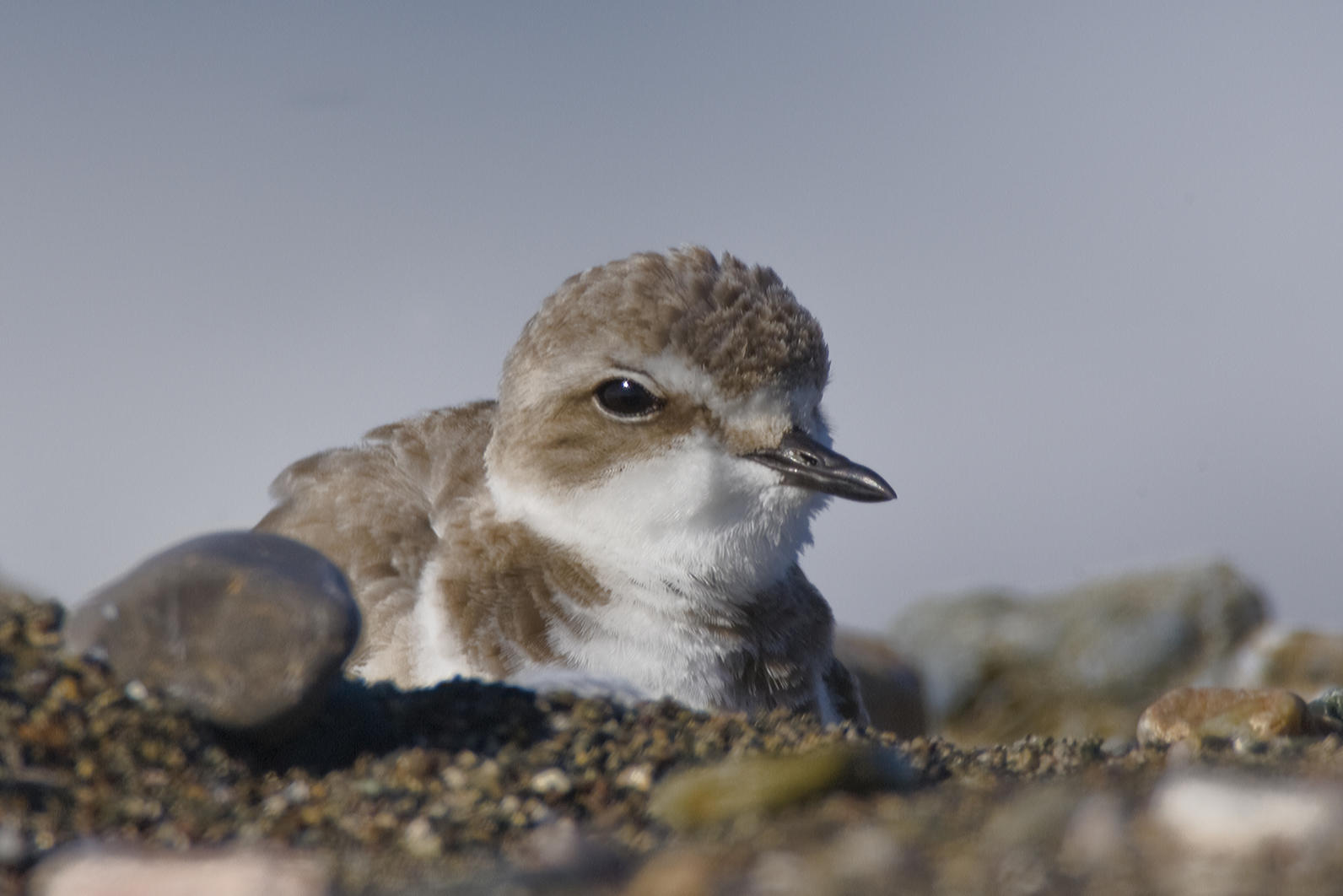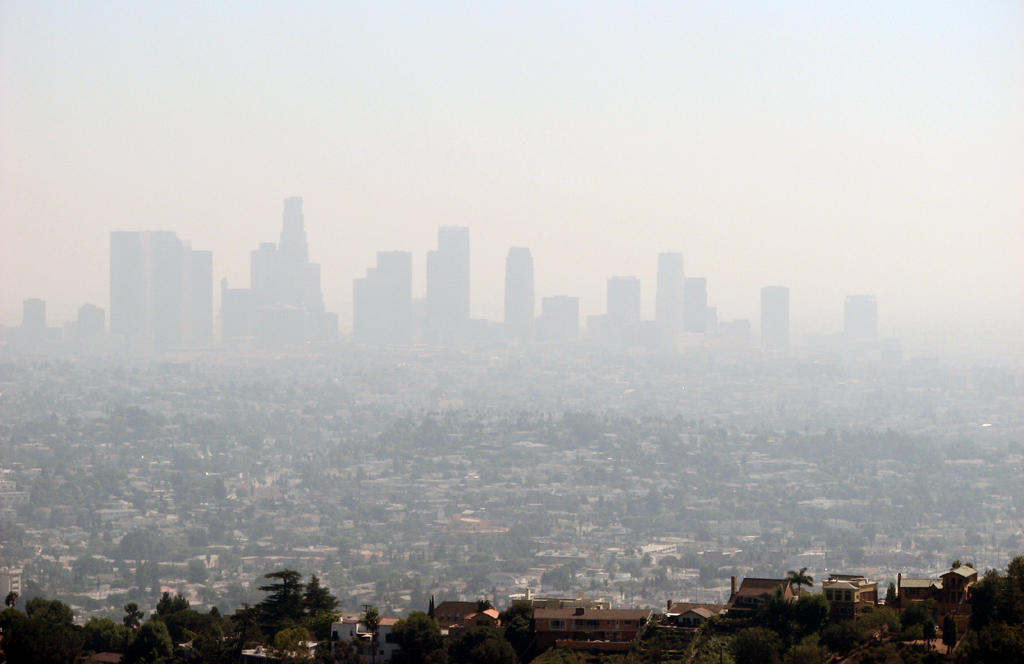Latest News and Updates from Audubon in California
California Condor. Photo: Scott Frier/USFWS

Audubon Magazine takes a close look at the reasons behind our lawsuit to save bird habitat in Humboldt Bay. Lots of good biological information here:
"Located 260 miles north of San Francisco, the area is the second-largest estuary on the West Coast and one of the state’s most productive bodies of water—its tides act like lungs, constantly draining, refilling, and replenishing nutrients. Among the various habitats supported by this ebb and flow are half of California’s remaining eelgrass beds, a vital food source and habitat for herring as well as migrating birds.
"This combination of size, biodiversity, and increasingly rare habitat is what makes Humboldt an essential stopover site for about 50 species of birds on their seasonal flights between Mexico and northern breeding grounds. Nearly half the Dunlins and 23 percent of all Western Sandpipers pass through every year.
"Meanwhile, Pacific Black Brants wheeling in from Baja, California, land feet first in the shallow waters of the northern part of the bay, the biggest contiguous bed of intertidal eelgrass between Mexico and Washington state. Up to 60 percent of Brants break up their seasonal journey to Alaska at Humboldt, where eelgrass is the mainstay of their highly specialized diet."
The 2017 version of Bird LA Day was an incredible celebration of birds throughout the greater Los Angeles region. At the Audubon Center at Debs Park in Highland Park, we hosted a day-long series of family-friendly events. Big thanks to everyone that came to the Center to enjoy the day.

For the last several decades the story of the Threatened Western Snowy Plover along the California coast has been of the loss of one nesting beach aftern another. But today come news of the birds nesting on Los Angeles County beaches for the first time in 70 years. That's big news.
Audubon California's Samantha Arthurs gives a quick update on this seasons Tricolored Blackbird breeding.
Audubon California field technician Bill Abbott shows a colony of Tricolored Blackbirds in Sacramento County.

Not long ago, we talked about the bigger climate bills being considered by the California State Legislature. Well, add another one to the list. Senate Bill 775, authored by Sen. Bob Wieckowski, will go beyond simply re-authorizing California's cap-and-trade system. This bill will re-imagine key parts of the cap-and-trade program, and offer financial "dividends" to residents. One of the main goals is to do something for communities that have long suffered the burden of air pollution. The entirety of the legislations is well-explained in this piece by Vox.
Our newsletter is fun way to get our latest stories and important conservation updates from across the state.
Help secure the future for birds at risk from climate change, habitat loss and other threats. Your support will power our science, education, advocacy and on-the-ground conservation efforts.
California is a global biodiversity hotspots, with one of the greatest concentrations of living species on Earth.